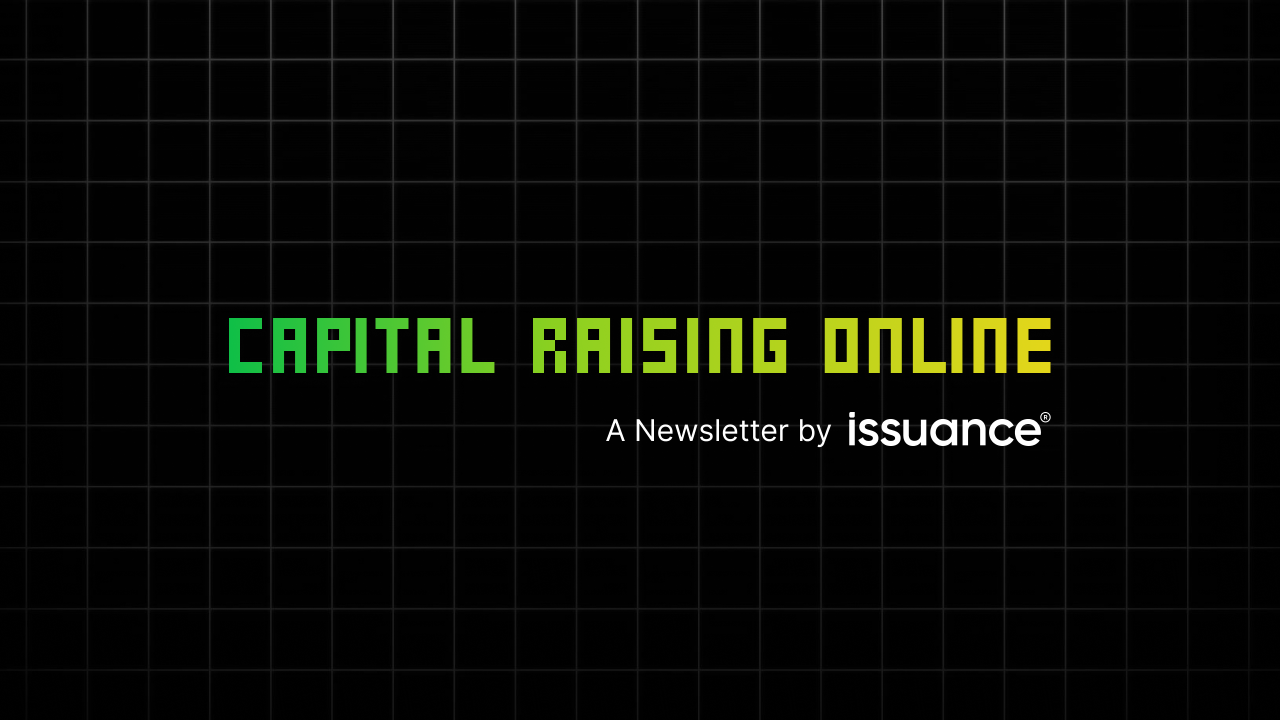In the equity crowdfunding space, there are two core approaches to capital raising platforms: a “community” or marketplace-based platform and a “white-label” platform.
When issuers are considering which type of platform to proceed with for their financing, they should be aware of the Pros and Cons of each type.
Weighing the Options
The Pro of a community-based platform is simple: issuers are offered access to the platform's network of investors, often with an unrealistic expectation of raising millions of dollars of growth capital.
This solution is typically used by issuers with a small or non-existent customer base and limited capital to invest in marketing. Occasionally, the investor communities on these platforms can provide a small initial inflow of capital through the campaign “launch” emails or “closing” emails that the platforms send. As with all marketing efforts, success is not guaranteed.
However, when the investment flow from the community reaches its plateau, issuers must now invest marketing dollars and resources to drive new investors to their deal (hosted on the platform). Unfortunately for the issuer, these investors end up being added to the platform's “community” database.
This database is controlled by the platform and is effectively a black box to the issuer, where they will only see investors who complete an investment. This has significant negative effects on the potential of their campaign, and raises the question: why are issuers paying to build another company’s investor community?
The implications of this “black box” Con are greater than most realize.
The Perils of the "Black Box"
The most obvious implication is a severe reduction in marketing efficiency due to a lack of funnel control and visibility. Issuers are also limited to a generic out-of-the-box landing page design that cannot be optimized to increase conversion and are unable to properly retarget investors with follow-up communications or phone calls (considered one of the most important factors to close investments). For issuers who chose to invest heavily in marketing, this can result in millions of dollars worth of unfunded investments left on the table.
Beyond that, with a platform-branded landing page, along with a lack of proper communications, it becomes substantially more difficult for issuers to build brand equity with their investors or potential investors. This results in an investor base that can be fickle, where they do not fully appreciate the long-term potential of the investment opportunity.
For issuers with an existing customer base, which can be a strong source of investment, they are forced to drive them to a third-party platform and into their database. This platform will then market different deals to them, ultimately with a level of care that the issuer cannot control.
Finally, issuers are reliant on the whims of the platform as it relates to their community marketing efforts. The challenge these community platforms face is balancing the growth of their client base, relative to the marketing efforts they can put forward on behalf of existing clients.
Issuers need to think about how many other deals are being marketed and whether they will be the second or even third similar company marketed in recent communication efforts. While a given issuer may be the best in that vertical, investors may have already chosen to invest in another similar deal.
All of this leads to a scenario where issuers must invest heavily to drive meaningful investment into their financing, resulting in a higher cost of capital. Unfortunately, this benefits the community-based platform the most, where they take a share from any investments while growing their community along the way.
It’s one thing to share investor data, but it’s another to monopolize it entirely when the issuer is the one that is paying to drive investors to the deal.
As could be expected, white-label platforms operate inversely.
How Do "White-Label" Platforms Stack Up?
Their primary Con is that they do not offer a community of investors to market the deal to at launch or at close. While some white-label platforms offer “free” marketing agencies to support the marketing of campaigns, it is still very much pay-to-play.
On the Pro side, white-label platforms offer a more reliable and scalable value proposition. With full-funnel visibility, issuers own the relationship with their investors from the first touch. This lets issuers optimize their investor marketing efforts through tracking and retargeting and most importantly, proper communications.
The white-label approach also empowers issuers to connect with investors through their brand and corporate ethos and convert first-time investors into long-term holders and evangelists. It also makes for a more seamless experience for any customer an issuer is attempting to convert into an investor.
Ultimately, every marketing dollar spent to generate a lead can and should be optimized. This will result in a greater amount of funds raised, a reduced cost of capital, and a better outcome for the issuer. For any serious issuers that are looking to raise meaningful amounts of growth capital, in our opinion, the white-label approach is the superior choice.
Capital Raising Online: Equity Crowdfunding (regulation financings) are the new frontier of capital raising and they are digital-first and democratizing early-stage investing for the masses. Every month we discuss the ever-changing regulation financing industry as it continues to expand. From important developments to critical considerations and insights, we provide an experienced perspective on the industry.
Don't forget to subscribe to our newsletter or follow our page for more.


